Remember when things were built to last forever, except when they weren’t? The 1970s gave us some of the most frustratingly unreliable household items that somehow became permanent fixtures in our homes despite their constant need for repair. We’d curse them, kick them, and threaten to throw them out, but somehow they always earned another chance to disappoint us again.
1. The Wood-Grain Console Television
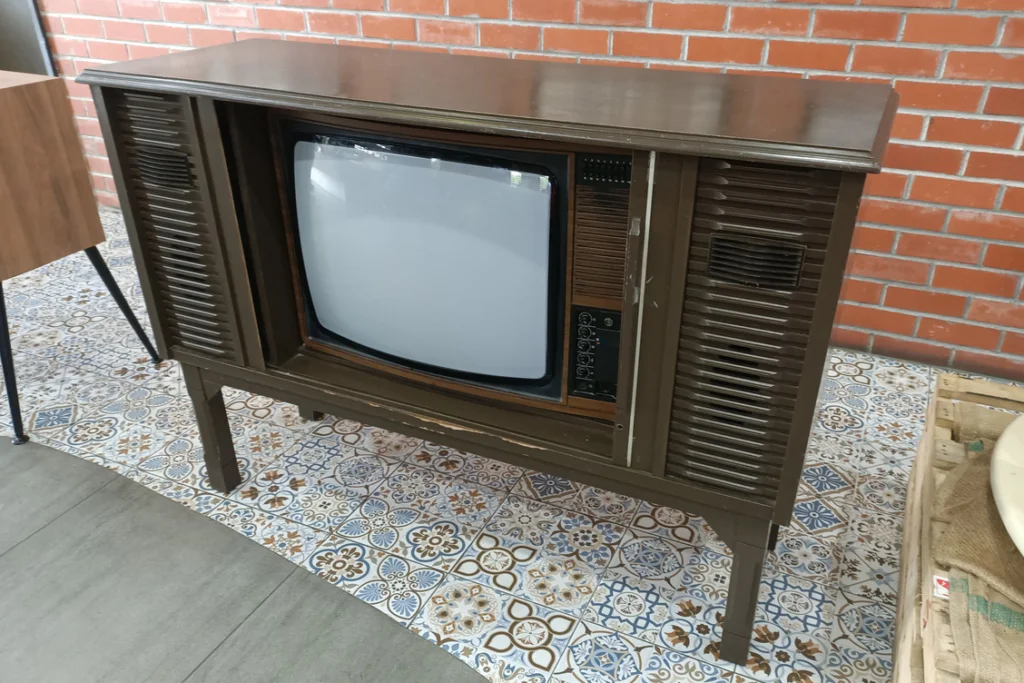
That massive Zenith or RCA console sitting in your living room was more furniture than electronics, and boy did it act like it. The picture tube would go fuzzy at the worst possible moments, usually right during the climax of your favorite show, forcing someone to get up and smack the side until the horizontal lines disappeared. The channel knob would get stuck between stations, leaving you with a ghostly double image that made everyone look like they had an evil twin. Apartment Therapy turns the dial to explore the stylish history of the television set across time.
You’d call the TV repair man at least twice a year, and he’d show up with his little leather toolkit like a doctor making house calls. He’d pull out those glowing vacuum tubes, test them on his mysterious machine, and replace the dead ones for what felt like a small fortune. But nobody ever considered buying a new TV because this one was “perfectly good” and had cost more than some people’s cars.
2. The Harvest Gold Dishwasher
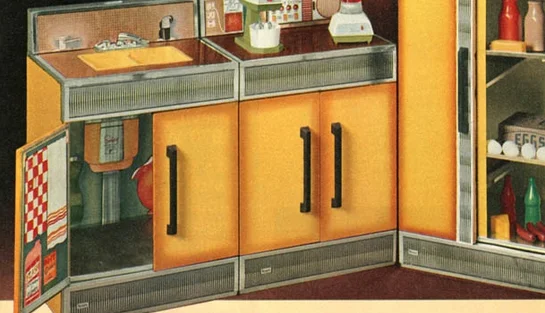
That avocado green or harvest gold dishwasher was supposed to be the height of modern convenience, but it had more moods than a teenager. The bottom spray arm would clog up with mysterious gunk, leaving your dishes looking like they’d been through a food fight instead of a wash cycle. The door seal would leak just enough to create a permanent puddle on your kitchen floor, but never enough to justify calling for service. Relics in Situ explores the reasoning behind this and green tones becoming so popular throughout the ’70s.
The soap dispenser had a mind of its own, sometimes opening too early and leaving a chalky residue on everything, other times staying stubbornly shut until you pried it open with a butter knife. You learned to pre-wash everything anyway because trusting that machine was like trusting a weather forecast. Yet there it sat, humming and gurgling through its cycles, because a broken dishwasher was still better than washing dishes by hand every single night.
3. The Automatic Coffee Percolator
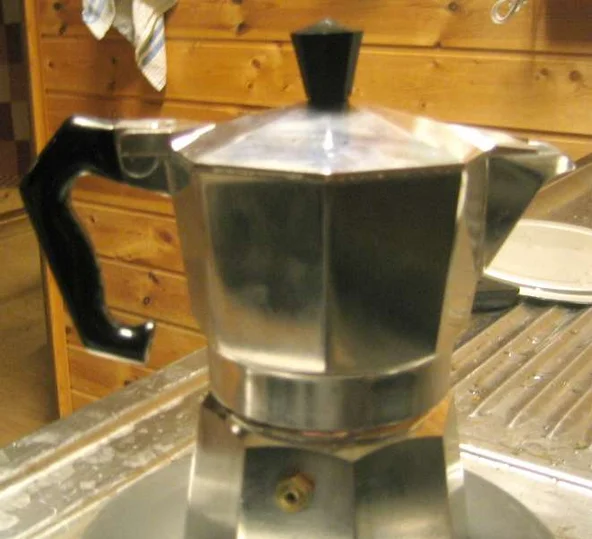
Every morning started with the cheerful gurgling of your electric percolator, followed immediately by the not-so-cheerful realization that it had once again made coffee strong enough to strip paint. The heating element had two settings: barely warm or volcanic, with no middle ground for actual coffee brewing. The little glass knob on top would get so hot you needed pot holders just to check if the coffee was ready, and half the time it would be either clear as tea or thick as motor oil. CoffeeSock explores the benefits of choosing a percolator, which still has many strong perks to this day.
The percolator basket would invariably come loose during brewing, dumping coffee grounds into your morning cup and turning breakfast into an archaeological dig. You’d find yourself fishing out soggy grounds with a spoon while muttering about going back to instant coffee, but somehow you never did. That percolator kept its place of honor on the kitchen counter, faithfully producing questionable beverages every morning for decades.
4. The Eight-Track Player
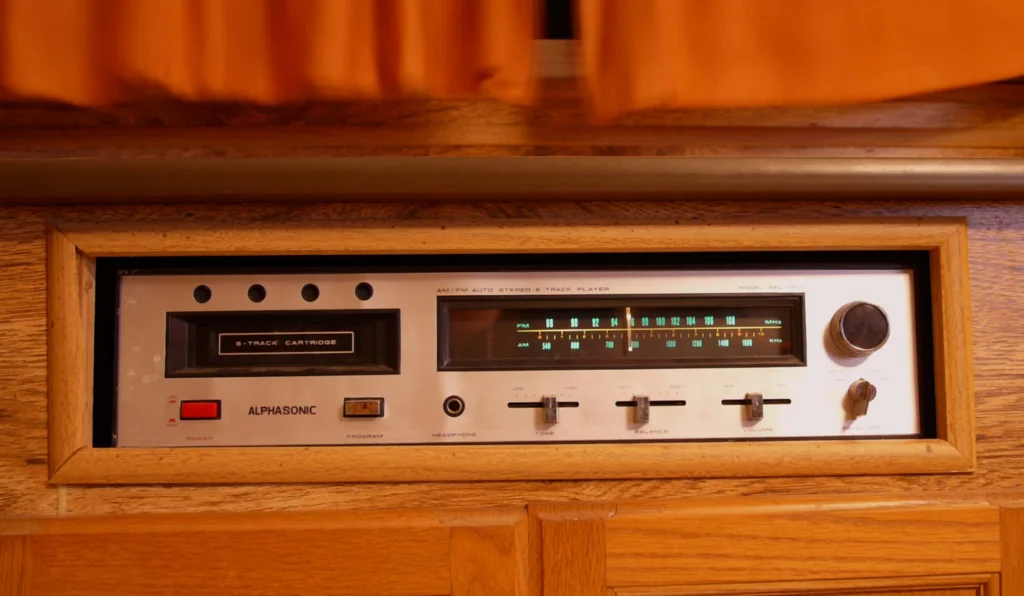
Your pride and joy eight-track player had a talent for eating your favorite tapes at the most inconvenient moments possible. You’d be cruising down the highway, singing along to Led Zeppelin, when suddenly the music would slow to a demonic crawl as the tape stretched like taffy. The track-changing mechanism would stick, leaving you trapped listening to the same song over and over until you pulled over to manually advance it with a pencil.
The thing collected dust like a magnet, and no amount of cleaning could keep those metal contacts working properly. You’d wiggle the cartridge, blow on the connections, and perform various mechanical rituals that sometimes worked and sometimes didn’t. But you kept feeding it new tapes because it was the only way to listen to your music collection in the car, even if every song came with a soundtrack of clicks, pops, and occasional mechanical groaning.
5. The Rotary Dial Telephone
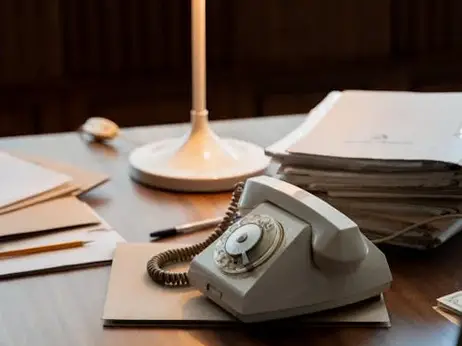
That heavy rotary phone hanging on your kitchen wall was built like a tank but had the temperament of a prima donna. The rotary dial would stick halfway through dialing, forcing you to start over and redial the entire number while the person on the other end wondered why you kept hanging up on them. The handset cord would develop a mind of its own, twisting into impossible knots that seemed to multiply when you weren’t looking.
The ringer would occasionally decide to take a vacation, leaving you to discover missed calls only when neighbors mentioned they’d been trying to reach you for hours. Sometimes the dial tone would disappear for days at a time, turning your phone into an expensive paperweight until the phone company got around to fixing the line. But replacing it never crossed your mind because this was your phone number, your connection to the world, and besides, where else could you find such a reliable door stop?
6. The Pop-Up Toaster
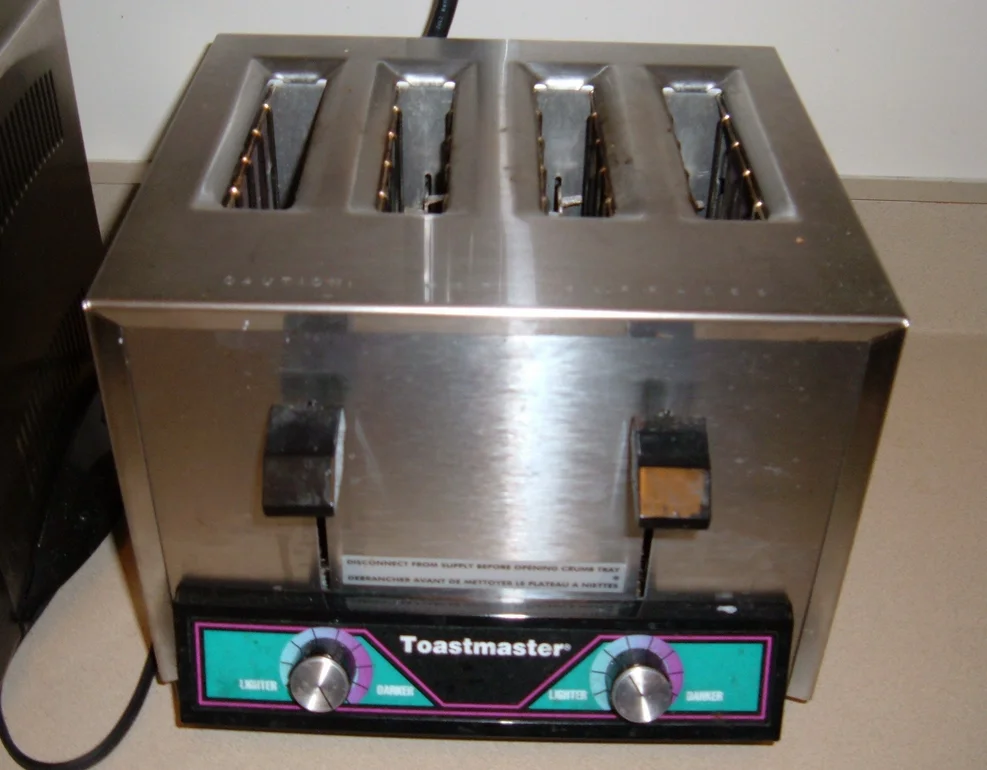
That chrome two-slice toaster sitting on your counter had exactly two settings: barely warm bread or charcoal briquettes, with no in-between for actual toast. The spring mechanism would get tired and lazy, requiring you to stand there watching like a hawk because it would either not pop up at all or launch your bread clear across the kitchen. The heating elements would burn out one at a time, leaving you with perfectly toasted bread on one side and raw dough on the other.
The crumb tray was either impossible to remove or would fall out at the worst possible moments, scattering burnt breadcrumbs across your clean kitchen floor. You’d shake it, bang it, and even stick a fork in there (despite knowing better) to retrieve stuck pieces of bread. Yet every morning you’d drop in two slices and hope for the best, because even bad toast was better than no toast, and this toaster had character, even if that character was mostly stubborn and unpredictable.
7. The Window Air Conditioner
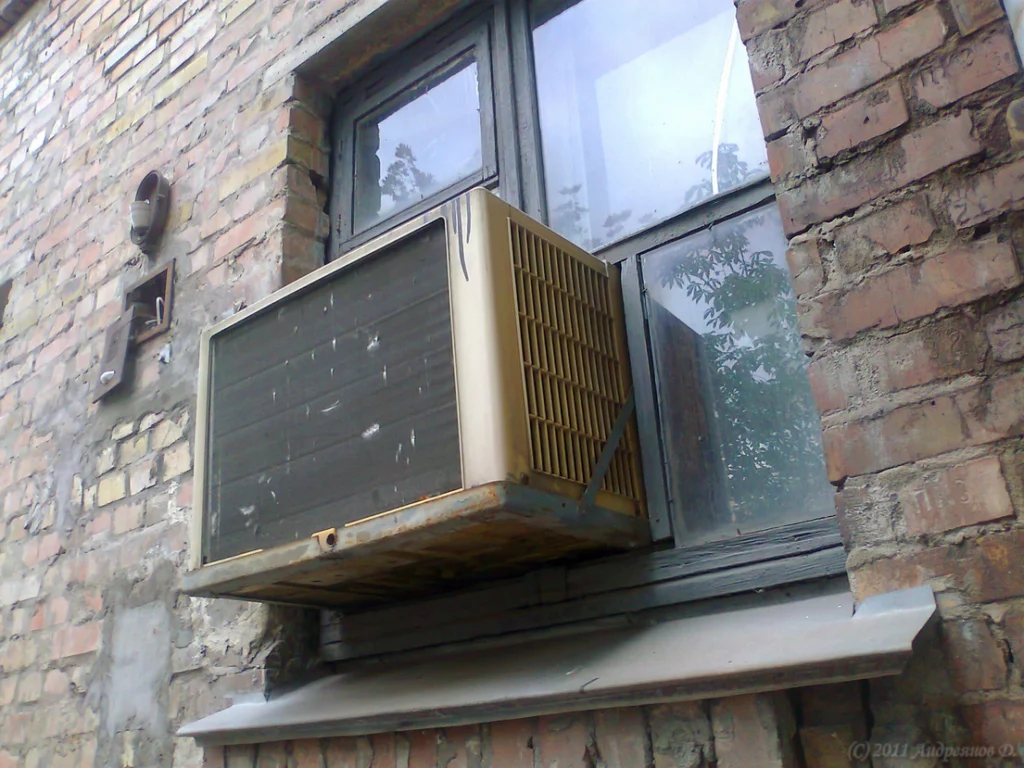
Your window-mounted air conditioner sounded like a freight train having an argument with a leaf blower, but it was your freight train. The thermostat was purely decorative since the unit had exactly two temperatures: arctic tundra or broken, with no middle ground for human comfort. It would freeze up solid in the middle of heat waves, forcing you to turn it off and wait for the ice to melt while you slowly roasted in your own home.
The condensation would either drip steadily onto the neighbors below or back into your room, depending on which direction would cause the most inconvenience. Every spring you’d wrestle it back into the window, cursing and sweating, knowing full well it would spend the summer rattling, groaning, and threatening to fall out onto the sidewalk below. But come July, when the temperature hit ninety degrees, that rattling monster was your best friend in the world.
8. The Record Player Stereo System
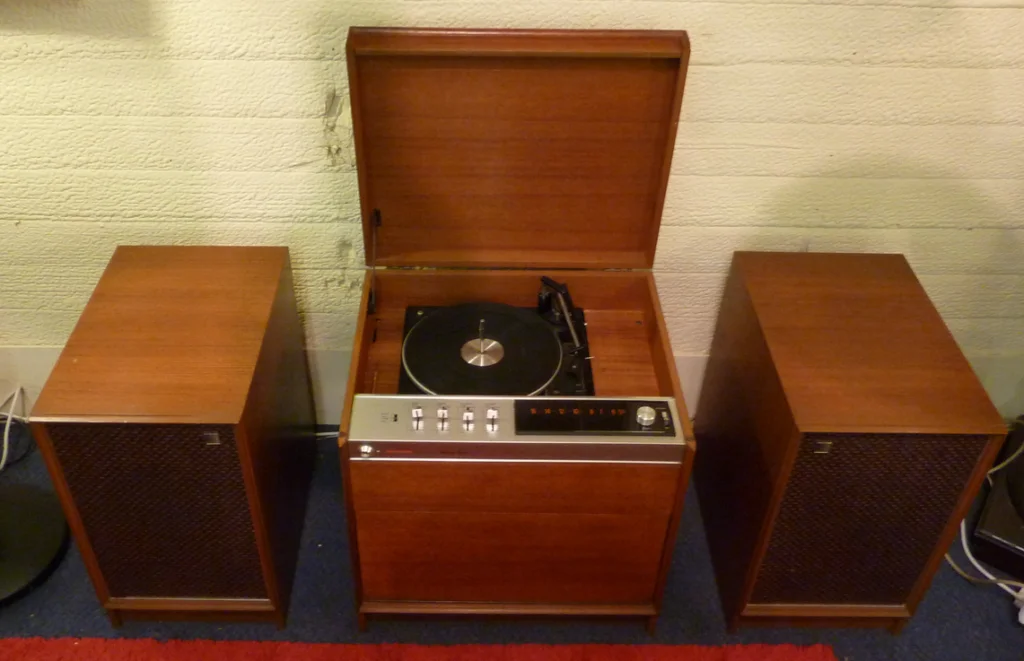
Your component stereo system looked impressive spread across that long low cabinet, but keeping it working was like maintaining a temperamental race car. The turntable would develop a wobble that made every record sound like it was being played underwater during an earthquake. The tonearm would skip across your favorite albums like a stone on water, carving permanent scratches into irreplaceable vinyl.
The receiver would pick up mysterious radio stations at random moments, turning your peaceful evening of music into an unexpected foreign language lesson or farm report. One speaker would cut out just often enough to make you question your hearing, then come back online right when you’d gotten used to mono sound. But you’d carefully dust those components every week and replace the stylus with religious devotion because this was your music system, your connection to every song that mattered.
9. The Electric Can Opener
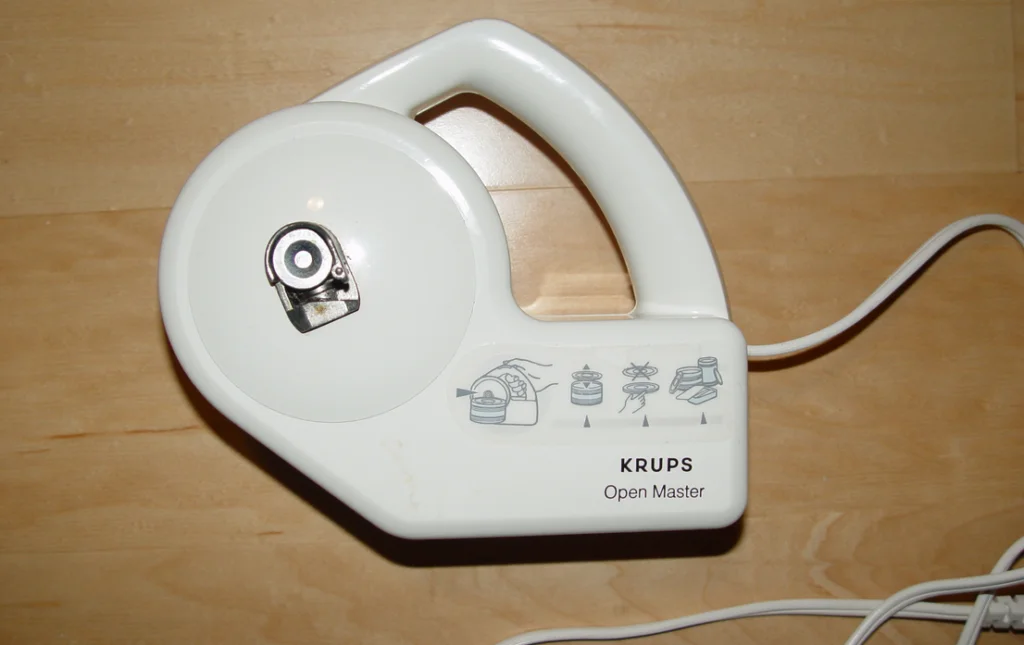
That under-cabinet mounted can opener was supposed to represent the height of kitchen efficiency, but it had the success rate of a coin flip. The cutting wheel would go dull and create jagged metal shavings that fell into your food like dangerous confetti. The magnetic lid holder would either grip so weakly that lids fell into your soup, or so strongly that you needed pliers to retrieve your meal.
The motor would slow down and labor like it was trying to open a bank vault instead of a simple can of tomatoes. You’d find yourself holding cans at weird angles, applying pressure and making encouraging noises like you were coaching it through a difficult task. Eventually you’d give up and reach for the manual can opener, but that electric one stayed mounted on the wall because someday you were sure you’d figure out the secret to making it work properly.
10. The Garbage Disposal
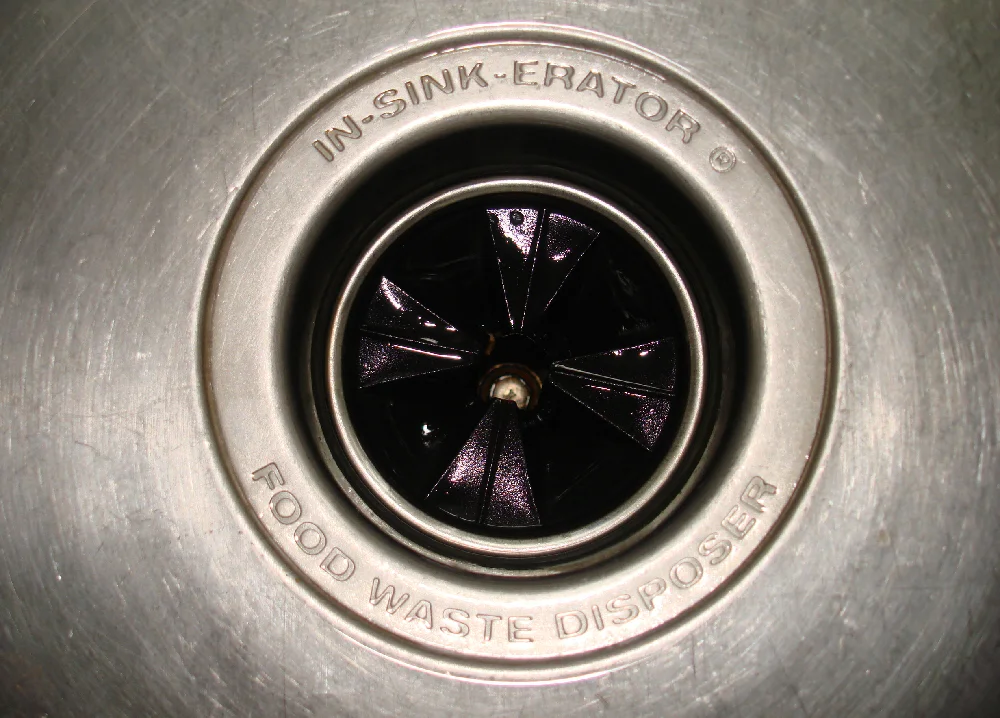
Your kitchen sink’s garbage disposal sounded like it was grinding up rocks and metal instead of food scraps, but you’d gotten used to the apocalyptic noise. It would jam on the most innocent items – a single grape skin could bring the whole system to a grinding halt, requiring the special wrench and a lot of creative language to get it moving again. The reset button became your most frequently used kitchen appliance as you pressed it multiple times per week.
Water would leak from mysterious joints underneath the sink, creating a science experiment in your cabinet that you discovered only when the smell became unbearable. You’d drop ice cubes and lemon peels down there in vain attempts to sharpen the blades and improve the aroma, but it always went back to sounding and smelling like a mechanical swamp. Still, it beat scraping plates into the trash, and you’d gotten pretty good at that awkward dance of reaching under the sink to hit the reset button.
11. The Vacuum Cleaner
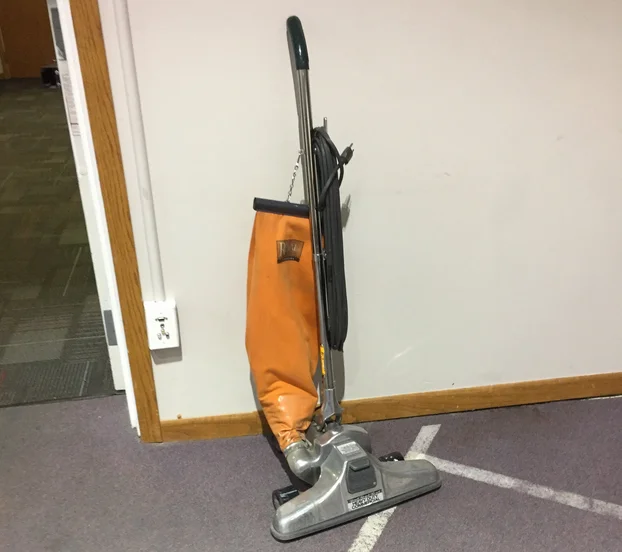
Your upright vacuum cleaner had more personality quirks than your eccentric relatives, and most of them involved making your life more difficult. The beater bar would wrap itself in hair and string until it looked like a hairy sausage, requiring you to sit on the floor with scissors like you were giving it a haircut. The bag would split open at the worst possible moments, redistributing dirt you’d just picked up plus six months of accumulated dust bunny archaeology.
The hose would clog with mysterious objects that required a coat hanger and the patience of a saint to retrieve, usually revealing toys, socks, or small household items you’d given up for lost. The height adjustment never seemed to work right, leaving you either scraping the hardwood or barely touching the deep shag carpet. But Saturday mornings meant vacuuming, and this mechanical beast was your partner in that weekly ritual, even if it fought you every step of the way.
12. The Blender
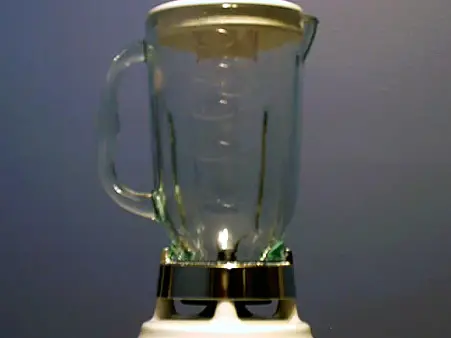
Your countertop blender had exactly two speeds: gentle whisper or nuclear explosion, with nothing in between for actual food preparation. The rubber gasket at the bottom would develop mysterious leaks, turning every smoothie session into a kitchen flood that required immediate cleanup. The glass pitcher would develop hairline cracks that made you nervous every time you added hot soup for blending.
The motor would overheat if you looked at it wrong, requiring cooling-off periods in the middle of food preparation like it was a marathon runner. The blade assembly would come loose at the worst possible moments, usually when you were making something for company and running late. Yet there it sat, ready for action whenever you needed to liquefy something, because despite its flaws, it could turn fruit into smoothies and ice into slush, which felt like magic even when it came with a side of mechanical drama.
13. The Hair Dryer
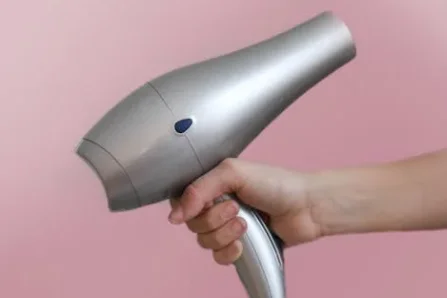
Your bonnet-style hair dryer turned every styling session into an endurance test of heat, noise, and patience. The motor sounded like a jet engine having a nervous breakdown, making conversation impossible and probably violating several noise ordinances. The temperature control was purely theoretical – it was either scalding hot or broken, with no comfortable middle ground for actually drying hair.
The bonnet would develop holes that created random hot spots, giving you the sensation of someone poking you with a tiny cattle prod while you tried to read a magazine. The timer would stick, trapping you under that plastic dome until someone heard your muffled cries for help or you managed to reach the off switch with a coat hanger. But Sunday night meant washing and setting your hair, and this contraption was your ticket to Monday morning respectability, even if it sounded like you were launching into orbit every time you plugged it in.
Back then, we lived with these mechanical misfits because they were what we had, and somehow that made them part of the family. They taught us patience, problem-solving, and the fine art of percussive maintenance – the gentle art of hitting things until they worked. Sure, today’s appliances might be more reliable, but they’ll never have the character of that old toaster that shot bread across the kitchen or that vacuum cleaner that ate socks for breakfast.


